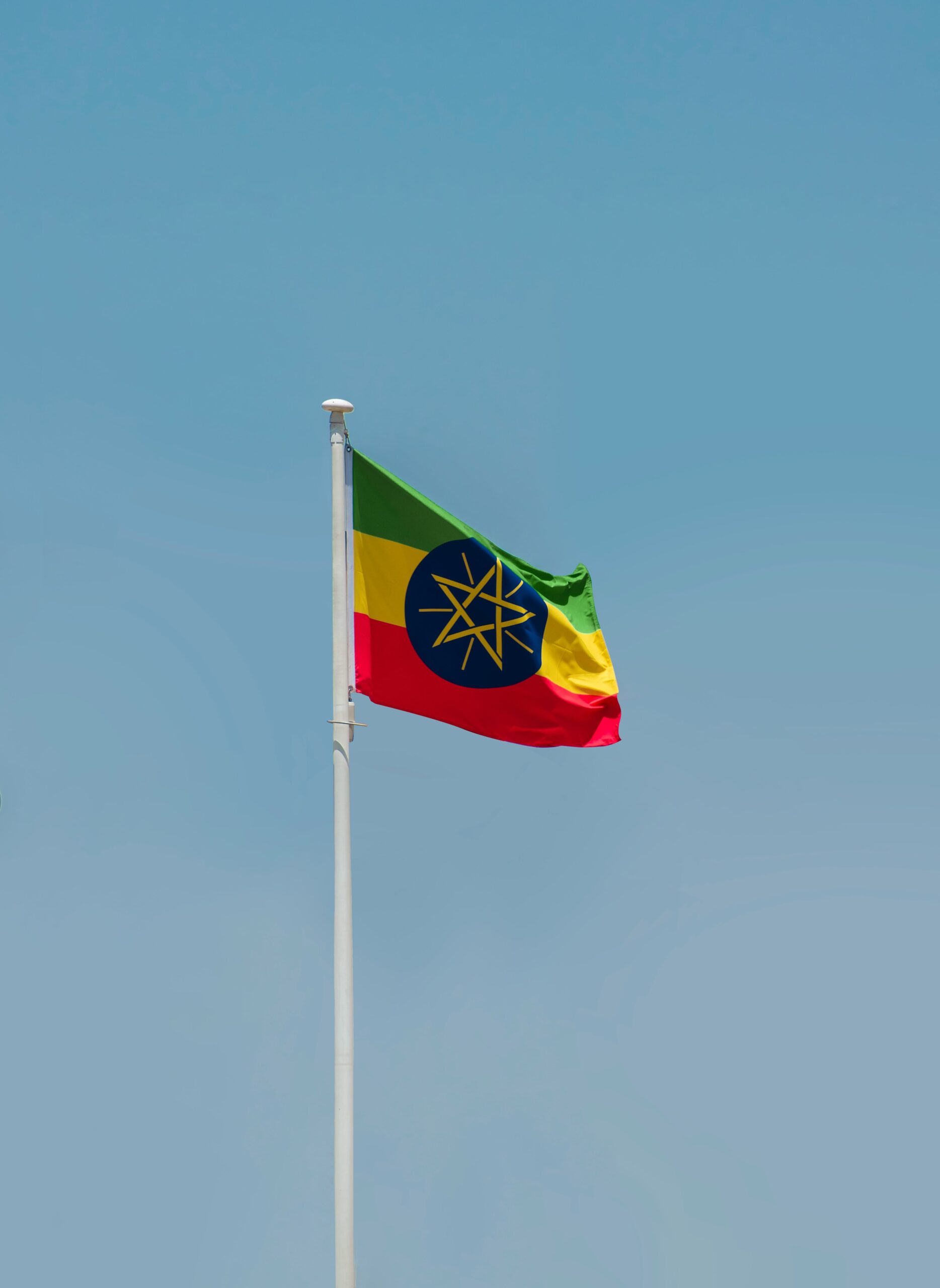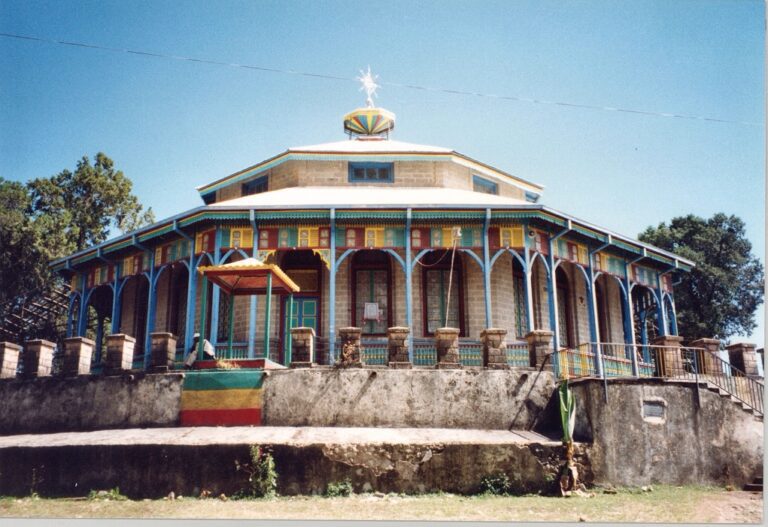Harar Travel Guide
Top Attractions to Visit in Harar
When exploring the enchanting city of Harar, there are several must-visit attractions that encapsulate the rich history and vibrant culture of this UNESCO World Heritage Site.
1. Jugol Wall: The ancient Jugol Wall that surrounds the old city of Harar is a great starting point for visitors. This defensive wall, built in the 16th century, stretches for over 3 kilometers and has five historic gates. Walking along the wall provides panoramic views of the city and a glimpse into its past.
2. Harar Museum: Located within the city, the Harar Museum is a treasure trove of Ethiopian artifacts and cultural exhibits. It offers insight into the heritage of the region, including traditional costumes, crafts, and religious items. Visitors can learn about the history of Harar and its significance in Ethiopia.
3. Arthur Rimbaud House: Literary enthusiasts will appreciate a visit to the former residence of the renowned French poet, Arthur Rimbaud. This house-turned-museum showcases Rimbaud’s life and work during his time in Harar. The tranquil garden and exhibits provide a peaceful retreat for those interested in literature and history.
4. Ras Makonnen Palace: Another iconic landmark in Harar is the Ras Makonnen Palace, named after the father of Emperor Haile Selassie. The palace offers a glimpse into the royal history of Ethiopia and features traditional Ethiopian architecture. Visitors can explore the well-preserved rooms and artifacts on display.
5. Hyena Feeding at the Old City: For a unique and exhilarating experience, don’t miss the nightly ritual of feeding hyenas in the old city of Harar. This ancient tradition dates back centuries and showcases the close relationship between the locals and these wild animals. Visitors can watch as hyenas approach to be hand-fed by skilled feeders, creating a once-in-a-lifetime opportunity.
Harar is a city steeped in history and culture, with attractions that cater to a wide range of interests. From exploring ancient walls to delving into literary history, Harar offers a diverse array of experiences for travelers seeking a memorable adventure.
The Best Time to Visit Harar: A Seasonal Guide for Travelers
When planning a trip to Harar, timing is everything. Understanding the best time to visit this historic city in Ethiopia can make a significant difference in your overall experience. Harar, known for its ancient walled city, vibrant markets, and rich cultural heritage, offers diverse attractions that cater to different tastes throughout the year.
Spring (March to May):
Spring in Harar brings pleasant weather with moderate temperatures ranging from 16°C to 26°C. This season is ideal for exploring the city’s outdoor attractions, such as the colorful markets, traditional houses, and historic mosques. The blooming flowers add a touch of beauty to the already picturesque surroundings, making it a perfect time for nature lovers to visit Harar.
Summer (June to August):
Harar experiences its rainy season during the summer months, with short and heavy downpours. While the rainfall may deter some travelers, this time of year has its unique charm. The showers bring a sense of rejuvenation to the city, making the landscapes lush and green. It’s also a great opportunity to witness the local flora and fauna in full bloom.
Fall (September to November):
Fall is another excellent time to visit Harar, as the city experiences mild temperatures and clear skies. This season is perfect for exploring Harar’s cultural sites, including the old town, museums, and art galleries. Travelers can also participate in various festivals and events that take place during this time, offering a deeper insight into the local customs and traditions.
Winter (December to February):
Winter is considered the peak tourist season in Harar, with cool and dry weather attracting visitors from around the world. The clear skies provide stunning views of the city’s landmarks, such as the Jami Mosque and the Arthur Rimbaud House. Winter is also an ideal time to engage in outdoor activities like hiking in the nearby mountains or interacting with the friendly locals.
The best time to visit Harar ultimately depends on your preferences and interests. Whether you enjoy the blooming spring landscapes, the lush greenery of summer, the cultural experiences of fall, or the peak tourist season in winter, Harar has something to offer year-round. Plan your trip accordingly to make the most of your visit to this enchanting Ethiopian city.
Discover Cultural Experiences in Harar
Harar, a city in eastern Ethiopia, is a melting pot of culture and heritage, offering travelers a unique experience in the heart of Africa. As one of the country’s holiest cities and a UNESCO World Heritage Site, Harar is a vibrant destination where visitors can immerse themselves in rich traditions and customs that date back centuries.
One of the most remarkable cultural experiences in Harar is the daily feeding of wild hyenas. Near the city’s walls, local "hyena men" call out to these creatures, which have coexisted with the city’s residents for generations. Watching these majestic animals being hand-fed is a spine-tingling yet awe-inspiring spectacle that showcases the harmonious relationship between humans and wildlife in Harar.
For history enthusiasts, a visit to the Harar Museum is a must. Housed in a historic building, the museum displays a fascinating collection of artifacts, traditional costumes, weaponry, and religious items that offer insights into the city’s past. Exploring the exhibits provides a deeper understanding of Harar’s cultural heritage and its significance in Ethiopian history.
Another cultural gem in Harar is the ancient walled city itself. With its narrow alleyways, colorful markets, and traditional houses adorned with intricate woodwork, the old city exudes an old-world charm that transports visitors back in time. Strolling through the maze-like streets, sampling local delicacies, and interacting with friendly residents present an authentic glimpse into Harar’s rich cultural tapestry.
To truly immerse yourself in the local way of life, don’t miss the opportunity to attend a traditional coffee ceremony. Coffee plays a vital role in Ethiopian culture, and in Harar, this ritual is a celebrated social custom. From roasting the beans to brewing the perfect cup, participating in a coffee ceremony offers a sensory experience that engages sight, sound, smell, and taste, all against the backdrop of warm Ethiopian hospitality.
Harar is a cultural treasure trove waiting to be explored. With its ancient traditions, vibrant markets, and hospitable people, this enchanting city offers travelers a glimpse into a world where time-honored customs thrive amidst a rapidly changing world. Whether it’s interacting with hyenas, delving into history at the museum, wandering the old city’s streets, or savoring coffee, every cultural experience in Harar is a journey of discovery and wonder.
Exploring the Culinary Scene in Harar
Harar, known for its rich cultural heritage, is also a paradise for food lovers. Exploring the culinary scene in Harar is a delightful experience that offers a unique blend of flavors and traditional dishes that reflect the city’s long history. From local eateries to vibrant markets, here is a guide to unraveling the culinary treasures of Harar.
One of the must-try dishes in Harar is the famous ‘Ful,’ a hearty breakfast dish made from seasoned fava beans, served with bread or injera. Locals and visitors alike flock to small eateries early in the morning to savor this flavorful and filling meal that will keep you energized throughout the day.
For those with a sweet tooth, ‘Medeja,’ a traditional honey wine, is a popular choice. This fermented drink is not only delicious but also holds cultural significance in Harari society. Pair your Medeja with a serving of ‘Kedija,’ a sweet, pancake-like bread that complements the drink perfectly.
Exploring the markets of Harar is a feast for the senses. The bustling markets are filled with colorful spices, freshly baked bread, and an array of fruits and vegetables. Be sure to visit the spice market to witness the vibrant hues and aromatic scents that define Ethiopian cuisine.
Street food stalls are scattered throughout Harar, offering an array of snacks and dishes that cater to every palate. Try the spicy ‘Dulet,’ a mixture of seasoned lamb tripe, liver, and lean meat, cooked to perfection with spices and herbs. This dish is not for the faint of heart but is a favorite among locals.
No culinary journey in Harar is complete without trying ‘Chiro,’ a porridge-like dish made from roasted and ground maize. Often served with a dollop of spiced butter, Chiro is a comforting and nourishing meal that highlights the simplicity and richness of Ethiopian cuisine.
Whether you are a food enthusiast or simply looking to explore the authentic flavors of Ethiopia, Harar’s culinary scene is sure to leave you satisfied and craving for more. Immerse yourself in the gastronomic delights of this historic city and discover why Harar is a hidden gem for food connoisseurs.
Top Tips for a Smooth Trip to Harar
When planning a trip to Harar, Ethiopia, it’s essential to be well-prepared to make the most of your experience in this vibrant city. Here are some practical tips to ensure a smooth and enjoyable journey:
-
Visa and Travel Documents: Before heading to Harar, make sure to check the visa requirements for your country. Ensure your passport is valid for at least six months beyond your intended stay. It’s recommended to carry both digital and physical copies of your travel documents.
-
Health Precautions: Consult your healthcare provider at least 4–6 weeks before your trip to Harar to get the necessary vaccinations and medication. It’s advisable to have travel insurance that covers medical expenses in case of emergencies.
-
Packing Essentials: Harar has a diverse climate, so pack clothing suitable for both hot days and cool nights. Comfortable walking shoes are a must, especially if you plan to explore the city’s narrow alleys. Don’t forget sunscreen, insect repellent, and a hat for protection against the sun.
-
Currency and Budget: The currency used in Ethiopia is the Ethiopian Birr. While credit cards are accepted in some establishments, it’s a good idea to carry cash for small purchases and in markets. Setting a budget for your trip will help you manage your expenses efficiently.
-
Language and Communication: Whereas Amharic is the official language of Ethiopia, English is widely spoken in tourist areas. Learning a few basic phrases in Amharic can enhance your interactions with locals and show respect for the culture.
-
Respecting Local Customs: Harar is a city rich in cultural heritage, so it’s important to respect local customs and traditions. Dress modestly, especially when visiting religious sites, and always ask for permission before taking someone’s photo.
-
Getting Around: Harar is a compact city, and many attractions are within walking distance. You can also use minibusses, known as "blue donkeys," for short trips within the city. Negotiate the fare before boarding a minibus.
-
Safety Tips: While Harar is considered safe for travelers, it’s always wise to take precautions. Avoid walking alone at night, especially in secluded areas. Keep your belongings secure and be vigilant in crowded places.
By following these practical tips, you can ensure a hassle-free and memorable trip to Harar, where you can immerse yourself in the rich culture and history of this fascinating city in Ethiopia.
Conclusion
Harar, with its rich history and vibrant culture, offers a unique travel experience that caters to diverse interests. From exploring ancient mosques, museums, and markets to indulging in traditional cuisines and engaging with the friendly locals, visitors are sure to be captivated by the charm of this UNESCO World Heritage site.
For those seeking top attractions in Harar, a visit to the old walled city, including landmarks like Rimbaud House, Jami Mosque, and the Hyena Man show, is a must. The vibrant markets, such as Shoa Gate and Misraq Harar Market, offer an authentic taste of local life and a chance to purchase unique souvenirs.
Choosing the best time to visit Harar is crucial for a memorable experience. The period between October and February is ideal, as the weather is mild, and cultural events like the Maulid Festival and Harar Beer Festival take place during this time, providing an opportunity to immerse in the local traditions.
Immersing in cultural experiences is a highlight of a trip to Harar. From watching traditional dance performances to participating in coffee ceremonies and exploring the traditional Harari house architecture, visitors can gain insights into the rich heritage of the region and connect with its warm and hospitable people.
Exploring the culinary scene in Harar is a treat for food enthusiasts. From savoring local delicacies like injera, fir-fir, and buticha to tasting Harari coffee and trying out the famous Harar Brewery beer, visitors can embark on a gastronomic journey that reflects the flavors and spirit of the region.
For a smooth trip to Harar, it is essential to follow practical tips that ensure a hassle-free experience. This includes carrying local currency, respecting local customs and dress codes, arranging for a local guide to navigate the narrow alleyways of the old city, and being cautious while interacting with the hyenas during the feeding ritual.
Harar is a destination that offers a blend of history, culture, and culinary delights, making it a captivating place to explore for travelers seeking an off-the-beaten-path experience. With its warm hospitality, fascinating attractions, and unique experiences, Harar leaves a lasting impression on visitors and beckons them to return to unravel more of its hidden treasures and immerse in its vibrant ambiance.





